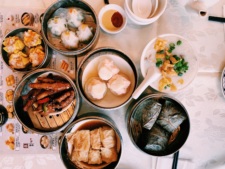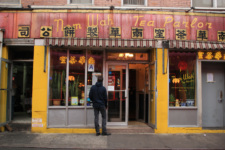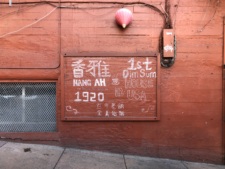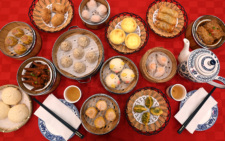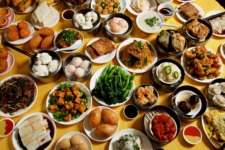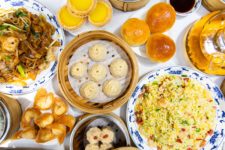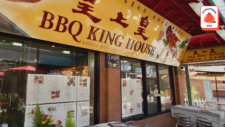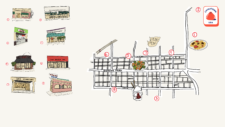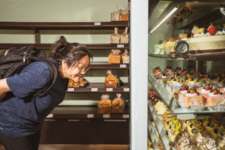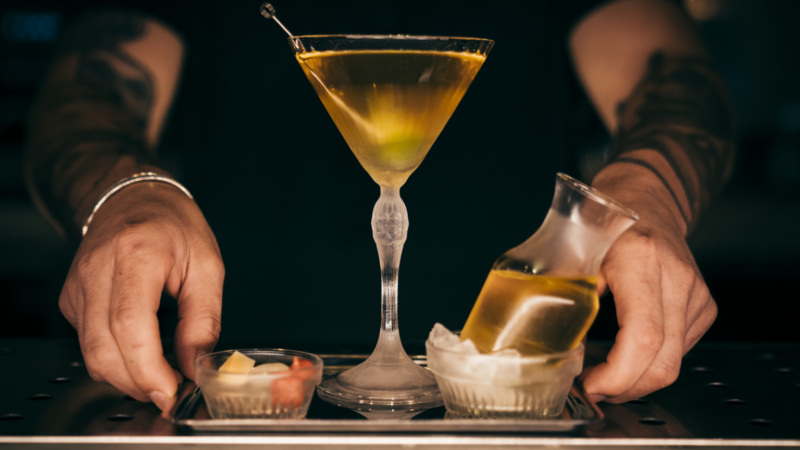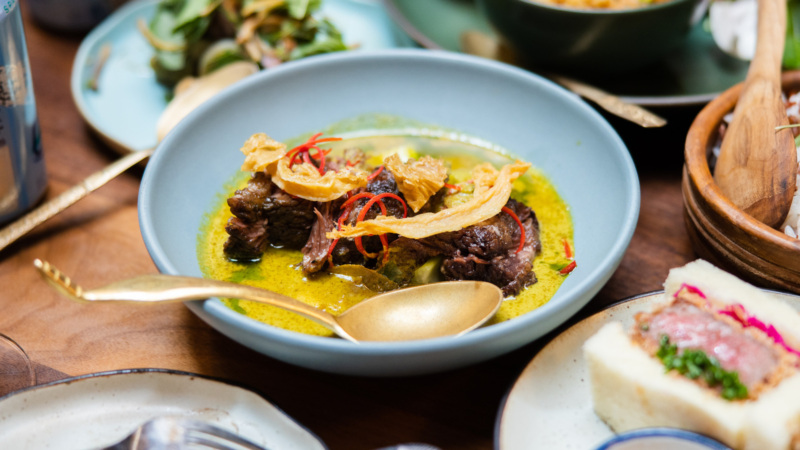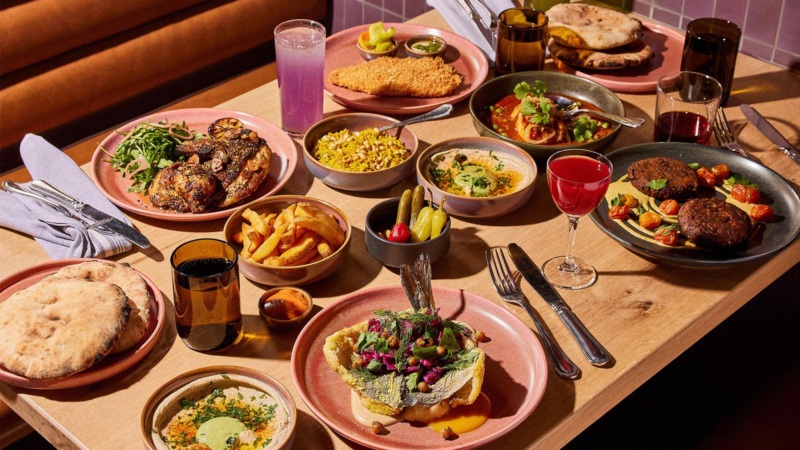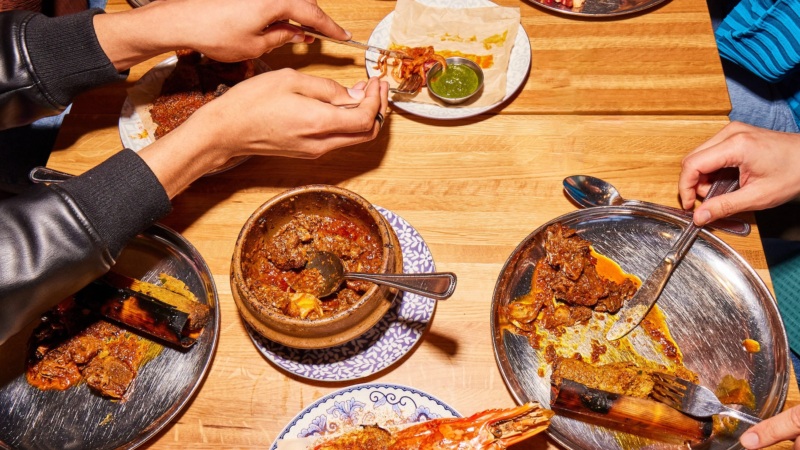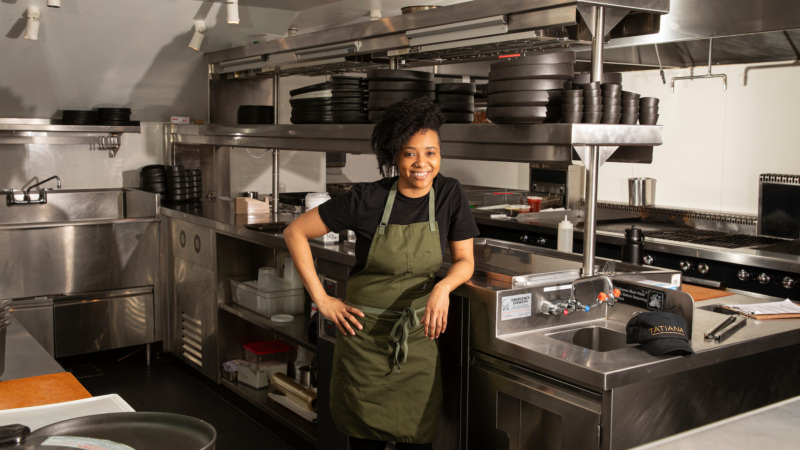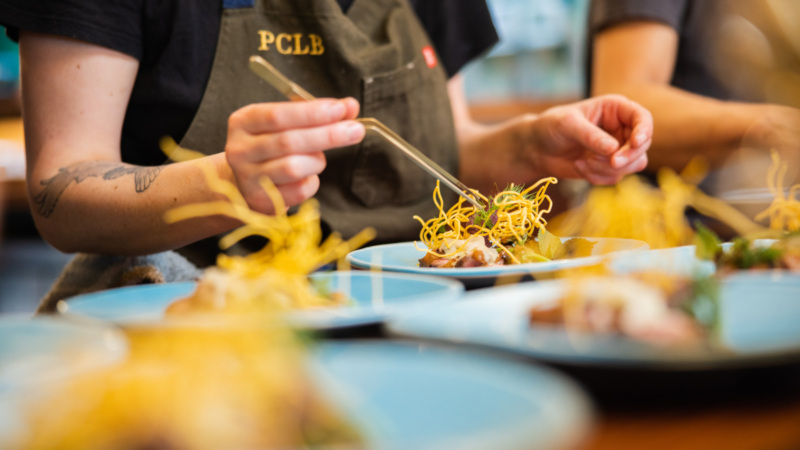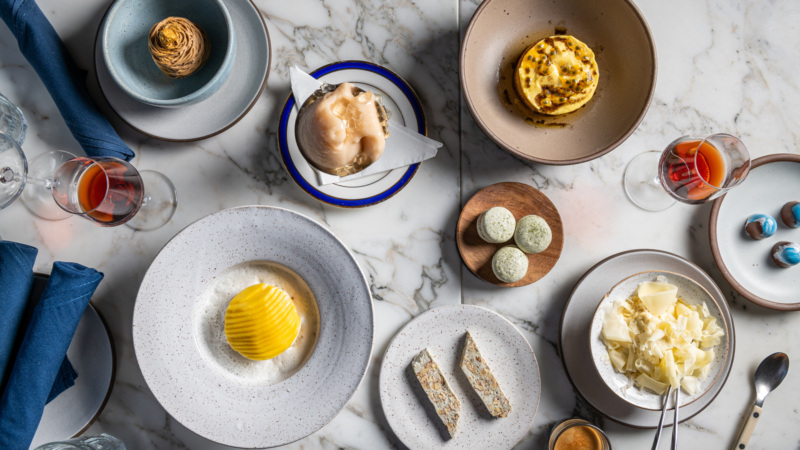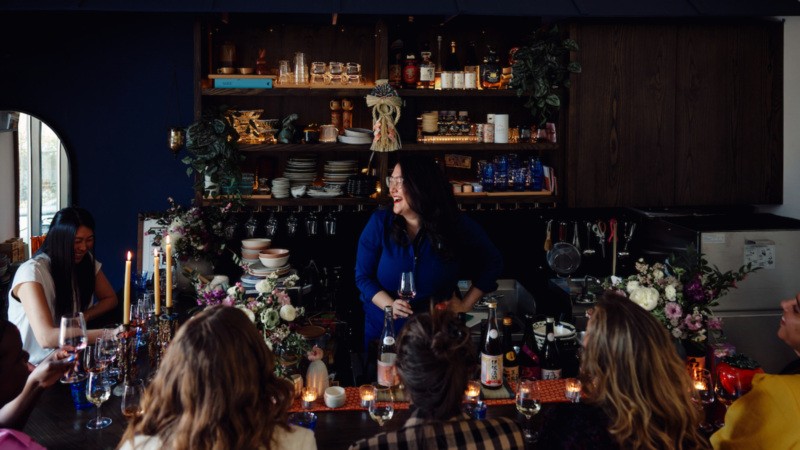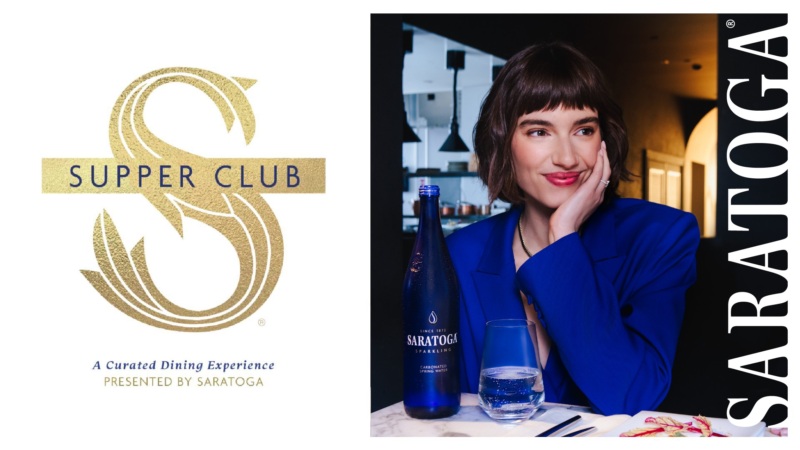
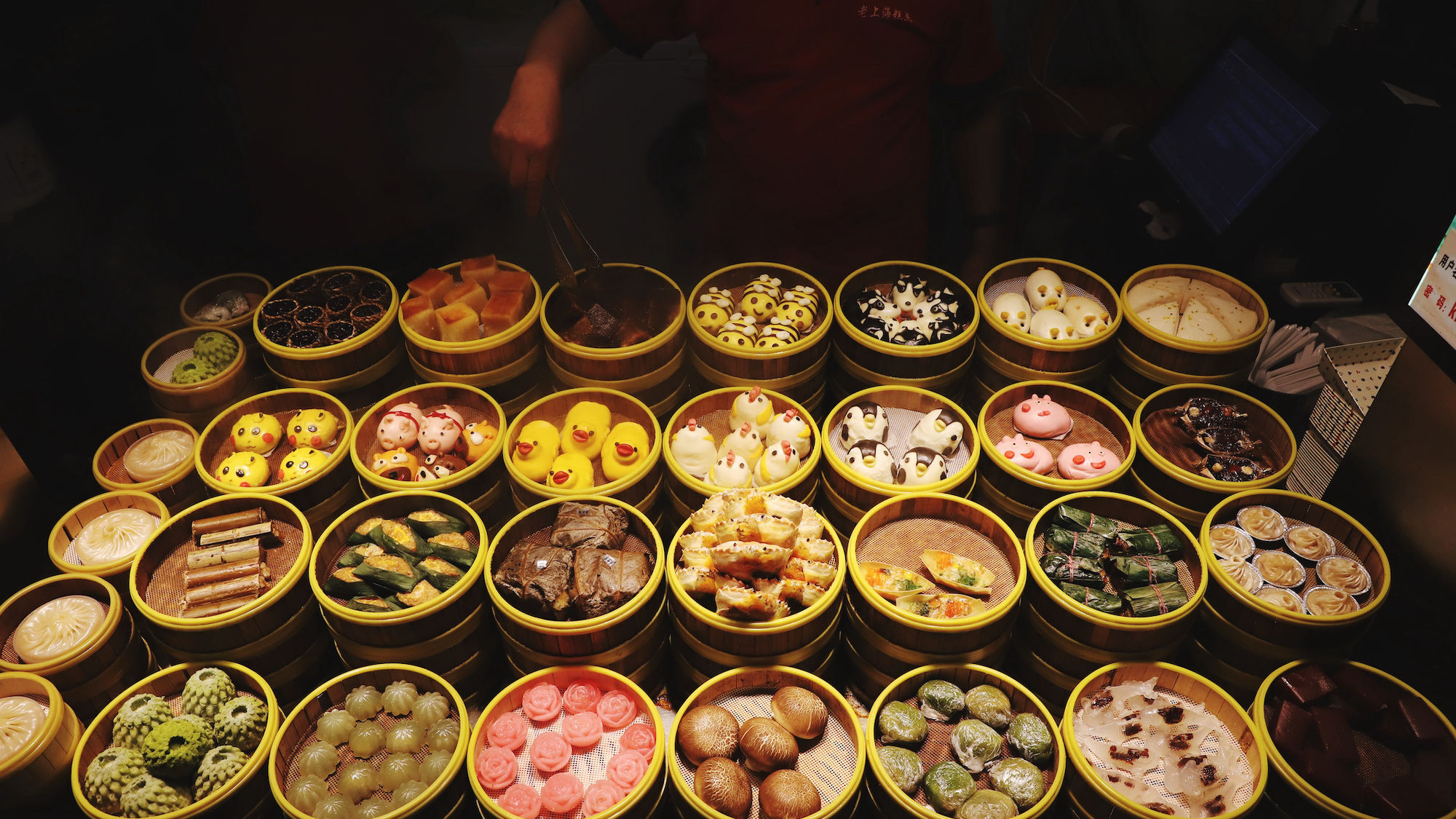
The Art of Dim Sum Is Exquisite. Now Is the Moment to Embrace It
Fans of The Great British Baking Show know that a soggy pie bottom is a cardinal sin. The same standard holds true halfway around the globe with one of the most classic items on a Cantonese dim sum menu: egg tartlets, or daan taat. And perfection is perhaps even more difficult to achieve in these, for in addition to possessing a crisp and flaky pastry, the custard filling must be utterly silky and offer up a mirrorlike surface.
Such time-honored rules govern the traditional spectrum of dim sum. They are what guarantee that a tea house will be hitting on all cylinders, so that even the most persnickety of diners will get up from the table with smiles on their faces. Not all dim sum tea houses are created equal, of course, and lesser ones invariably rely upon leaden frozen dumplings and bland egg rolls to fill their orders, rather than painstakingly make them to order.
However, the best of the best purveyors — like Peony Seafood in Oakland, for example, or Sheung Hei in Hong Kong — are worth seeking out, for when you bite into a perfect har gow, the flavor and texture of the sweet pink crustaceans will absolutely shine. According to old Guangzhou’s time-honored recipe for these dumplings, only a touch of lard and salt, as well as maybe a small sprinkling of tiny cubed bamboo shoots, should season the shrimp. But the key element here — and the part that most places get wrong — is the thin wrapper. It must be formed out of only wheat starch and water, and will steam up into a translucent pocket that the Cantonese refer to as seoi zing, or “crystalline.”
More importantly: that lack of gluten means that har gow cannot sit around idly in a steamer, waiting for a customer’s order. Any delays will in fact cause the damp shrimp filling to soften up the bottom of the semitransparent wrappers, which means that as soon as you pick a slightly elderly har gow up with your chopsticks, the filling will explode out of the bottom onto the steamer, the tablecloth, your plate, and your front. I’ve been there multiple times, and this is just as unappetizing — and embarrassing — as it sounds. So, hunting down tea houses that know what they are doing is paramount.
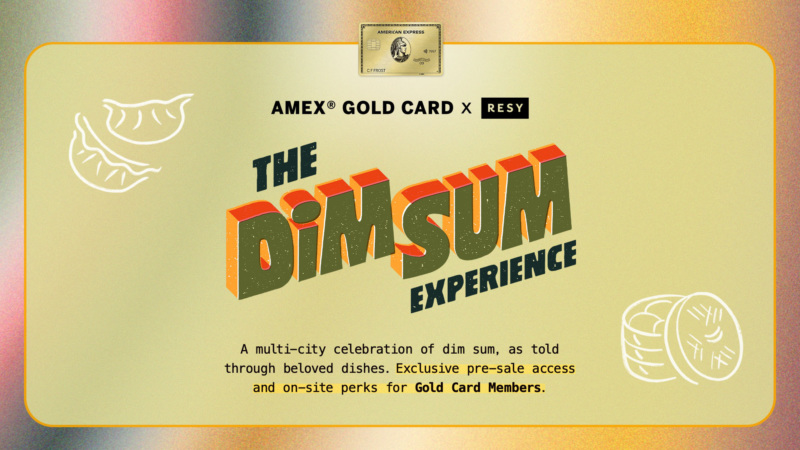

Local Chinese Americans have reveled in small Chinatown tea rooms and dim sum parlors — San Francisco’s Hang Ah and Manhattan’s Nom Wah Tea Parlor — for about 100 years. There they have dined on the same sort of honest, time-tested recipes as were once offered in the everyday dim sum shops of Hong Kong, Macau, and Guangdong province’s capital, Guangzhou. Nothing fancy was ever on the menu; just good food. The steady popularity of this Cantonese answer to brunch encouraged Chinese restaurateurs to open even more tea rooms, especially in metropolises with large Chinese populations. We have all benefited as a result.
A little bit before Nom Wah and Hang Ah first opened their doors, Guangzhou became the premier destination for the ultimate in refined accompaniments to tea. There, the wealthy and the upper classes ordered dishes that were, in many ways, more like the nouvelle cuisine tasting menus and kaiseki set meals of today, for regardless of whether the culinary art was Eastern or Western, the prime considerations were the same: locality, seasonality, and sensuality.
At the most sophisticated of these tea pavilions, the tasteful presentations and refined surroundings lured in regular, knowledgeable customers with fat pocketbooks, not so much different from omakase as a status symbol among a certain type of American financier. And for the same reasons that their decorations and service were always graceful and understated, their dim sum was always presented in the simplest of ways: because that is what the Chinese have traditionally considered truly elegant. That’s why chefs at Guangzhou’s finest tea pavilions tended to use only minimal seasonings with simple ingredients of outstanding quality so that they could properly shine, hence all that attention to detail when it came to creating the perfect har gow.
That is also why, on the off chance you might have been lucky enough in a former lifetime to order something during the winter months, like tarts filled with cured duck tails from Fuzhou, you would have dined on pastries that were celebrations of savory duck fat encased in the flakiest of pastries, in case anyone thought the French had a monopoly on such things. Similarly, just as with a tasting menu at the Bay Area’s Manresa or Kaiseki Saryo Hachi, when you dine at a truly excellent Cantonese tea house, small portions will be doled out in ways that are meant to gratify all the senses.
And yet, dim sum stands very much apart from tasting menus and kaiseki meals — because of simple if perhaps unfair reasons. For one thing, even in its most exquisite forms, dim sum is relatively affordable. It is almost always ordered à la carte. And with few exceptions, the restaurant will be loud and bright, rather than subdued and romantic.
To make matters trickier, English translations on the menus will be of varying levels of helpfulness. The best and most seasonal dishes will often be listed in Chinese on handwritten strips taped to a wall; they might be something a waitress whispers to you if you’re a favored client; or they will, if you have come to know the owner, be quietly set on your table with a little wink. So, a visit to a truly great traditional dim sum restaurant requires research beforehand. It is a kaiseki you compose on your own — ordered in measured spurts that first whet the appetite, and then progress through increasingly pronounced flavors and varied textures, until you and your guests feel perfectly satisfied. Time, contrasts, and pacing are of the essence.
▪️
The first time I started to seriously make this comparison, between high-end tasting menus and the best dim sum meals, was during an evening at The French Laundry. My husband and our guest, the late great doyenne of Chinese cookbooks, Florence Lin, were about half an hour into dinner. The three of us had been served a stream of delicate morsels designed first to pique our senses, and then, after a few leisurely hours, to satisfy our hunger. The dishes were indisputably beautiful. They were varied. And they were created with an amazing appreciation for the ways in which flavors and textures and colors and shapes can be made to complement each other.
It was while savoring Thomas Keller’s oyster and pearls — of course it was — that we started musing about the ways in which outstanding dim sum ticks off the same requirements as the meal we were enjoying. Florence, my husband, and I all had stories to tell of the great dim sum creations we had dined on in our lives. Most of the relatively high-end restaurants we once loved had closed long ago and now existed only in our memories. But even when those places were elegant enough to use tablecloths, few of them would nowadays be considered as anything approximating fancy. The simple fact was that much of East Asia was still pretty poor in those decades before its various economic revolutions. Nevertheless, it was a dim sum wonderland.
The reason is that no matter how simple or how small, our favorite dim sum dishes were created by chefs who specialized in just one or two delicious things. Some held court in tiny holes-in-the-wall, like Song Ji Lou in downtown Taipei, with its towering stacks of steamers that reached toward the ceiling. Americans are only now beginning to be entranced by soup dumplings (or XLB or siu lung baau), but back in the 1970s, that little Shanghainese joint set a standard I’ve yet to see equaled.
It’s reasonable to see a day, not too far off, when non-Chinese gourmets will dine alongside their Chinese counterparts with the same sort of expertise and eagerness that cognoscenti love to exhibit at Noma or the late El Bullí.
Located in a whitewashed cubbyhole on Yuanling Street and staffed by the crankiest old soldiers in the world, its lack of ambience was counterbalanced by exacting excellence: The thin sheets of dough encasing those dumplings were so tensile that they snapped as you bit into them. Only Taiwan’s famed “black hair” pigs were called upon to supply the meat. And the “soup” portion was not made from gelatinized broth, but rather the old-school way: from pork bones and skin that had been simmered for hours, creating a natural gelatin that made my lips stick together. Steamer baskets filled with ten bite-sized dumplings were served with little saucers of Modena-like black vinegar and shredded fresh young ginger — nothing else was ever considered appropriate. Tart against savory, raw against cooked, meat against starch … yin and yang in each mouthful.
Others who we regularly sought out were hawkers, like the zin deoi guy. Rain or shine, winter or summer, he was always parked on the corner of Chungking South Road across from Taipei’s main train station. Working alone, he spent his days doing nothing but frying up bits of dough into baseball-sized wonders. Covered with toasted sesame seeds and filled with little marbles of red bean paste, those little balls of hot air were unforgettable.
When it came to truly stellar dim sum, their creators — like their counterparts at Copenhagen’s Noma and Kyoto’s Kikunoi — have always displayed a knack for contrasting the sublime with the witty. While visiting Hong Kong, to give one example, I remember being at first amused and then downright smitten by a small dish of pork ribs dredged in batter, deep-fried to a crisp, and then quickly doused in coffee syrup. A dollop of whipped cream hovered over one edge like a cloud. It was a brilliant — almost funny — combination, but those inspired contrasts made it work. Decades later in Oakland, I was confronted with a trio of fat steamed buns. A rich mushroom filling — almost like duxelles in taste and texture — burst out of their centers. But it was the sense of humor that thrilled me most: The round sides of those buns had been dusted with cocoa powder just before they were steamed, resulting in what I could have sworn were three shiitake caps.
And yet, no matter how good the food, few genuine dim sum tea houses have ever offered the sort of immersive experience that would transform them into destination restaurants — at least as Westerners define such things — and that would generously reward their owners for their boldness, or encourage others to do the same. The problem remains that those of us — ethnically Chinese or not, conversant in Chinese or not — who are eternally in search of great Chinese meals are, with few exceptions, stuck on the left side of the huge learning curve that stands between us and a knowledgeable appreciation of China’s many great cuisines, including dim sum.
▪️
This problem is not, however, uncurable. It’s reasonable to see a day, not too far off, when non-Chinese gourmets will dine alongside their Chinese counterparts with the same sort of expertise and eagerness that cognoscenti love to exhibit at Noma or the late El Bullí. My optimism stems from the fact that over the past few decades in America, I have seen a similar thing happen with Japan’s cuisines.
When Japan became the world’s third strongest economy in the 1980s, its businesspeople finally had the wherewithal to ensure that impeccable kaiseki and omakase restaurants could be found on distant shores. This was a time when sushi was still a curiosity in much of the United States. And yet the culture of Japanese dining — throughout the Western world, really — quickly evolved. Adventurous non-Japanese gourmets soon found themselves enticed by these exclusive, tiny restaurants. Before long, American chefs fell so in love with this Japanese aesthetic that they flocked to Japan, and so was born the American (or Danish, or Spanish) tasting menu molded after the kaiseki tradition, a sequence of breathtaking little works of art.
With the exception of Chinese American food, the American appreciation of China’s five-thousand-year-old food traditions is still playing catch-up. I can count on two hands the number of years that knowledgeable homegrown diners have truly been appreciative of the differences between China’s provincial cuisines. Few American chefs of any ethnic background have yet to study seriously in the motherland, or even with local Chinese chefs. And to make matters worse, many young people on both sides of the Taiwan Strait have come to regard their own culinary traditions as passé.
Theoretically and aesthetically, at least, we ought to be able to reproduce the dance of the senses that once was offered at Guangzhou’s legendary tea houses. I dream of the ways in which places like Tou Tou Koi and Lin Hong Lauin the 1920s made dining on dim sum an otherworldly experience —one replete with the world’s finest teas, an array of exquisite dumplings made to order, and an emphasis on seasonality, with nary a gold leaf or caviar pearl in sight.
Then again, this is just dim sum, right? Merely cups of tea, steamed dumplings, and nice surroundings? It sounds as if this would be easy, but for many reasons, the ability to dine on the best that China has to offer is — for the present, at least — a thing of the past. And yet, as long as China’s economy continues to boom and its wealthy gastronomes continue to search our land for restaurants that are able to recreate their favorite dishes, we should be able to hunt down great recipes and resuscitate China’s magnificent cuisines.
The question is who will do it. Will it be artisans in China itself? Or young cooks from the Chinese diaspora, proud of their ancestral cultures, who finally make the past come alive again? Or perhaps someone without an ancestral link but in thrall to what the past might have offered? This is not idle thinking. Something similar began to be seen in Taiwan in the 1980s, with tea houses that celebrated folk art, the island’s finest oolong teas, and the desire to dine on sweet and savory snacks that harked back to recipes from Hakka, Chaozhou, and Taiwanese grandmas. Then bakeries began to dedicate themselves to singular offerings, like traditional pineapple cakes (fengli su), packaged with ingenuity and artistic grace. Today that extends to things like soy sauce, of which the finest Chinese-style examples are now brewed in Taiwan.
So why not dim sum? Maybe — just maybe — there will come a day in my life when I can sit down in a classy tea house that echoes the ways of old Tou Tou Koi, and dine on the world’s finest dim sum, and know with certainty that one of China’s greatest culinary marvels will be honored and enjoyed for generations to come.
Carolyn Phillips is an artist and food scholar, and the author of “The Dim Sum Field Guide,” “At the Chinese Table: A Memoir with Recipes,” and “All Under Heaven: Recipes from the 35 Cuisines of China.” She is working on her fourth book, which will be published next year by W. W. Norton.

